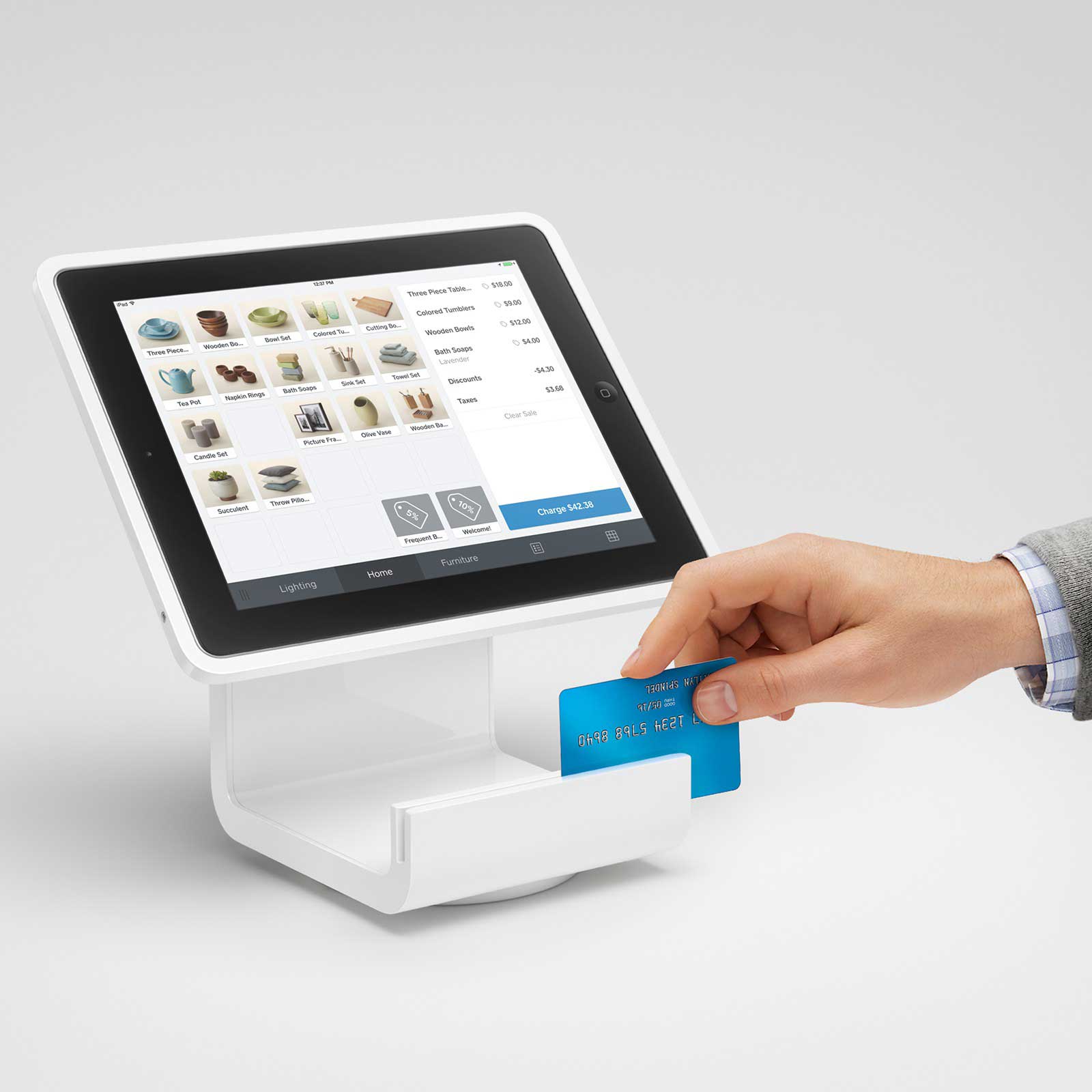
There’s a sucker born every day — or so they say. But the way startup fever has been spreading across the land, it almost feels more like there’s a Zuckerberg being born every day. And that feeling is real. According to data from the Kauffman Foundation, 2015 has marked the first year startup activity has been on the rise since the Great Recession. In fact, it’s soaring — the numbers show we’re living through the biggest upswing in new companies, products, business deals, and jobs in the past twenty years.
That makes it sound like now is the perfect time to bring your million dollar idea to market — but how is that even done?
First off, begin by casting aside any fears that you can’t make a dent in the tech universe with little computer prowess. “We’re seeing more and more people enter the tech space because the definition of tech continues to grow,” says Michele Markey, vice president of Kauffman FastTrac, a global network of advisors helping entrepreneurs launch and grow companies. She’s seen everything from medical devices to mobile apps launch from Main Street as much as Silicon Valley, and that’s a trend many expect to continue.
There are many million and billion dollar companies for a startup to model itself against, but there’s no one true formula for success. Still, the majority of buzz-worthy businesses have conducted these tried and true practices along the way.
1. Eying the competition
It may not sound as exciting as a weekend-long hackathon or a giving a flashy presentation to a bunch of investors, but the reality is that most startups live and die based on early research. Scoping out the competition is vital to understanding where there’s an opportunity to make a move. This can involve everything from dissecting competing products to improve upon their designs or simply mapping out their locations to find a new way to reach underserved customers.
And there’s always competition to scout; few successful startups create an entirely new product or service. Apple — the ultimate garage-to-giant success story — didn’t invent the personal computer, digital music player, smartphone, or tablet computer. Instead, it waited, watched, and eventually released gadgets that capitalized on the deficiencies of products already out there.
2. Finding and defining customers
Markey says startup founders also conduct research by hitting the bricks and talking to would-be customers about their ideas. “A smart entrepreneur needs to figure out where their sweet spot in the marketplace is,” she says. “Who is that customer that’s going to use the product, pay the money, and maybe be the repeat user?
Figuring out this information on a broad scale can involve hunting down perspective customers’ demographics and learning everything they can about them. This sounds like it could be an expensive proposition, but the truth is all an entrepreneur needs to get this data is a library card. ReferenceUSA, a database to which many local libraries subscribe, has historical business information dating back to 2003, making it a good place to gather demographic data.
3. Shoring up intellectual property
Padlocking your product or service with an array of patents, trademarks, or copyrights can sound terribly dull, but the truth is it’s one of the most important steps to ensuring a budding company’s success. Without these protections, a competitor can swoop in and copy an idea without having to pay a dime for all the hard work done until this point.
“Issued patents may be used to stop competitors from entering the field and to recover damages for any infringement that occurred,” writes attorney Michael Kasdan in this excellent intellectual property explainer for startups. In addition, he writes, patents can protect a startup from getting sued for patent infringement by someone else.
Trademarks, meanwhile, help protect the company’s branding, from logos to mottos, to ensure that copycats can’t use a business’s image or likeness to sell imitation wares. With knock-off products coming in from China or being replicated with 3-D printers, startups are smart to trademark their image early to fend off the phonies.
And finally, startups are also wise to copyright their reproducible works. Whether it’s an paperback, and e-book, or even an image, if it can be duplicated, it should be protected. That may sound like a publishing industry problem rather than a startup issue, but as TechCrunch noted last year, it only took four hours for copyright law to crush one particular startup’s dreams.
Top 10 Tech Product Designs of 2014










4. Hire some help
Visionaries can’t build a business from the ground up alone. Sooner or later they’re going to need to enlist some outside assistance. Dave McClure, founding partner of accelerator 500 Startups, has said a triumvirate of talent including hustlers, hackers, and designers are typically what’s necessary to turn a new company into a success. Hustlers pull the strings to make the product pan out financially, whether that means being a silver-tongued salesman wooing investors or a master networker making behind-the-scenes deals. Hackers, especially for tech products, are the people who roll up their sleeves and get elbow-deep in coding a computer-related product or app. Designers, meanwhile, take that glob of code or computers and put a shiny shell around it to make it intuitive to use.
5. Figure out the finances
In step number four, this once lean, one-person dream has evolved into a fully-functioning company, complete with employees to pay and mouths to feed. But in order to do that, the company will have to spend money. And while there’s no shortage of ways that people can get creative with their finances, there’s only a few major ways that startups typically find the funding to survive step number five.
First, they can “bootstrap.” As this self-sufficient term implies, bootstrap funding comes from within the company, whether that’s from a well-heeled founder or through maxing out a team’s credit cards. Personal loans can also come into play here, too. The key here is that boot-strapping founders (or co-founders) retain full control of the company, and if the venture is a success, they also get to reap all the rewards.
Another way to help pay for resources is to work with an accelerator or an incubator. These organizations will lend a startup access to facilities in exchange for a percentage of equity. However, spots are limited and competition is tight, so founders need a compelling idea, a lot of potential, and some whip-smart talent to get accepted by these programs. One of the most well known incubators, Y Combinator, typically offers $120,000 in exchange for a 7% stake of the company’s ownership. Similarly, TechStars, a leading accelerator, has a standard $118,000/7–10% offer.
The primary difference between incubators and accelerators is that the former is a slower, more nurturing environment aimed at developing long-term success over a period of years, while the latter aims to get startups to launch much more quickly and profitably within a span of months. And these are just two of the ways startups get money — from angel investors to funding rounds to silent partners, there are many more.
6. Survive the launch
While none of the above steps are absolutes, there is typically one truth about startups until this point: They are in stealth mode. Keeping efforts as quiet as possible can be key to taking the world by surprise. But once they reach launch day, it’s time to make some noise. Here, social and conventional media are key to turning heads and generating interest, whether that means promoting an app or an Armenian restaurant.
But while so much work has gone into the effort to this stage, this is only the beginning, a truth that some startups don’t handle very well. “It has to be way more than just a really great product,” says Markey. “You’ve got to have the right messaging, the right branding, the right value proposition in a very noisy and crowded marketplace.” And sometimes entrepreneurs underestimate that, because they’ve become myopic and enamored with their brilliant product.
As a result, the reality is that half of all small businesses fail by the time they reach their fifth year, says the Small Business Association, and only one-third make it to year 10. Then again, those numbers don’t reflect the entrepreneurs who were able to build something wildly valuable and sell it off to an even larger company for a big score. So, don’t let the numbers weigh down your dreams, but work hard to make sure they pencil out.
Read next: 6 Lessons From the Rising Startup Leaders
Download TIME’s mobile app for iOS to have your world explained wherever you go
More Must-Reads from TIME
- Cybersecurity Experts Are Sounding the Alarm on DOGE
- Meet the 2025 Women of the Year
- The Harsh Truth About Disability Inclusion
- Why Do More Young Adults Have Cancer?
- Colman Domingo Leads With Radical Love
- How to Get Better at Doing Things Alone
- Michelle Zauner Stares Down the Darkness
Contact us at letters@time.com